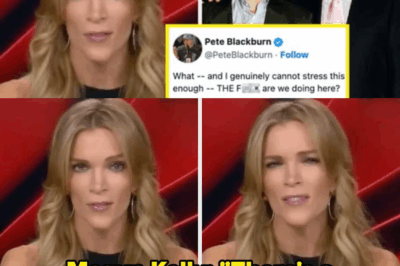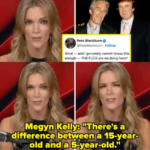In the volatile world of high-growth technology and mobility, few narratives are as electrifying as that of Elon Musk and Tesla, Inc. (TSLA). Once the darling of the electric vehicle boom, Tesla has faced serious headwinds in recent years—ranging from slipping deliveries to intensifying competition and public controversies. Yet leading analysts and Musk himself envision a dramatic resurgence: Tesla hitting a market capitalization of $5 trillion (or more) within the next decade.
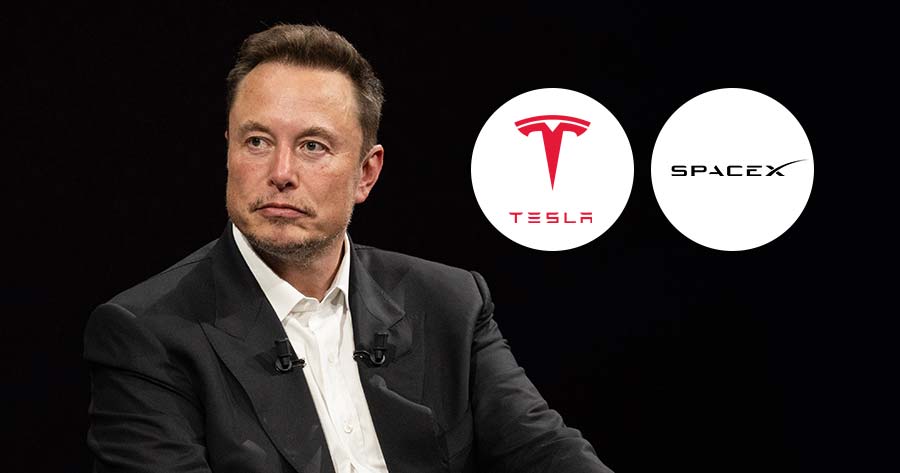
This investigation takes a close look at how Tesla could pull off such a comeback, the business shifts underneath, the risks ahead—and whether the “$5 trillion Tesla” story is credible or speculative.
By early 2025, Tesla’s valuation had already reached the $1 trillion+ mark, but the trajectory had slowed. For example, in its 2024 annual results, Tesla recorded the first decline in annual vehicle deliveries in its history, while margins compressed and at least one quarter missed expectations. Investor concern centered on several fronts: a maturing electric-vehicle market, rising competition (especially from Chinese automakers), regulatory headwinds for its Autopilot/Full Self-Driving (FSD) business, and Musk’s own shifting focus among multiple ventures.
:max_bytes(150000):strip_icc():focal(749x0:751x2)/elon-musk-tesla-080425-ccb15754843b414cb59af2e285472ef0.jpg)
In this context, Tesla’s ambition to reach $5 trillion (or higher) is not just about growth—it’s about redemption, pivoting away from being viewed as a carmaker into a tech-driven ecosystem company. Musk himself has framed it as needing to “knock the ball out of the park several times.”
What does “$5 trillion” mean, and how plausible is it?
Several research houses and investors have modelled that Tesla could reach a market cap in the $3–5 trillion range, assuming major inflection points. For example:
AGuruFocus note recently pointed out that investor Ron Baron believes Tesla could hit $5 trillion within a decade.
A
A Reuters / Economic Times breakdown shows how Tesla might target $8.5 trillion in value—primarily via robotaxi/robotics and FSD.
To reach a $5 trillion valuation from roughly a $1 trillion base, Tesla would need to increase its value by ~5x. That means delivering transformative growth—not just incremental vehicle volume gains, but entirely new business lines with high margins and scale.
Key assumptions typically include:

Scale of robotaxi fleets and/or autonomous driving services.
Mass deployment of Tesla’s “Optimus” humanoid robots (or equivalent robotics).
Substantial growth in energy storage/solar business.
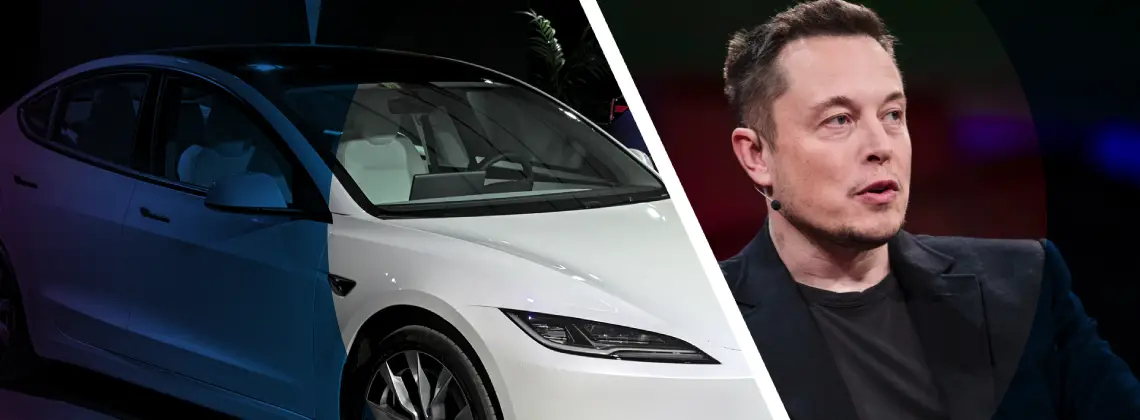
Significant improvements in profitability and margin structure (moving from commodity vehicle margins to tech-ecosystem margins).
Global market dominance or at least major share in multiple large addressable markets.
For example: One projection posits that if Tesla deploys 1 million robotaxis by, say, 2030 and sells millions of humanoid robots (offered at maybe $25,000+ each) then it could generate revenues/EBITDA on a scale that supports a multitrillion valuation.
Musk’s comeback strategy: From cars to ecosystem
To engineer this comeback, Tesla under Musk (and his leadership role) is shifting its strategic playbook.
Autonomous mobility & robotaxiTesla has long touted Full Self-Driving (FSD) as its core future bet. But it increasingly emphasises operating its own robotaxi fleet—not just selling cars. Reports suggest Tesla’s robotaxi ambition could capture ride-hailing revenue orders of magnitude higher than vehicle sales. Achieving that would place Tesla more akin to a mobility-services company than a traditional automaker.
Robotics: “Optimus” and beyond
Perhaps more speculative but potentially disruptive is Tesla’s humanoid-robot effort, dubbed Optimus. Analysts note that Musk has claimed this could become a large part of Tesla’s value—some estimate as high as 80% of future value contingent on success. If Tesla becomes the “Intel inside cars and machines” (in Musk’s phrasing) then the value proposition shifts dramatically.
Energy generation & storageAnother pillar: Tesla’s energy business (batteries, solar, storage). While smaller today compared to vehicles, many see this as a future growth engine. If Tesla dominates grid-scale storage and home/solar systems globally, the revenue base expands beyond mobility.
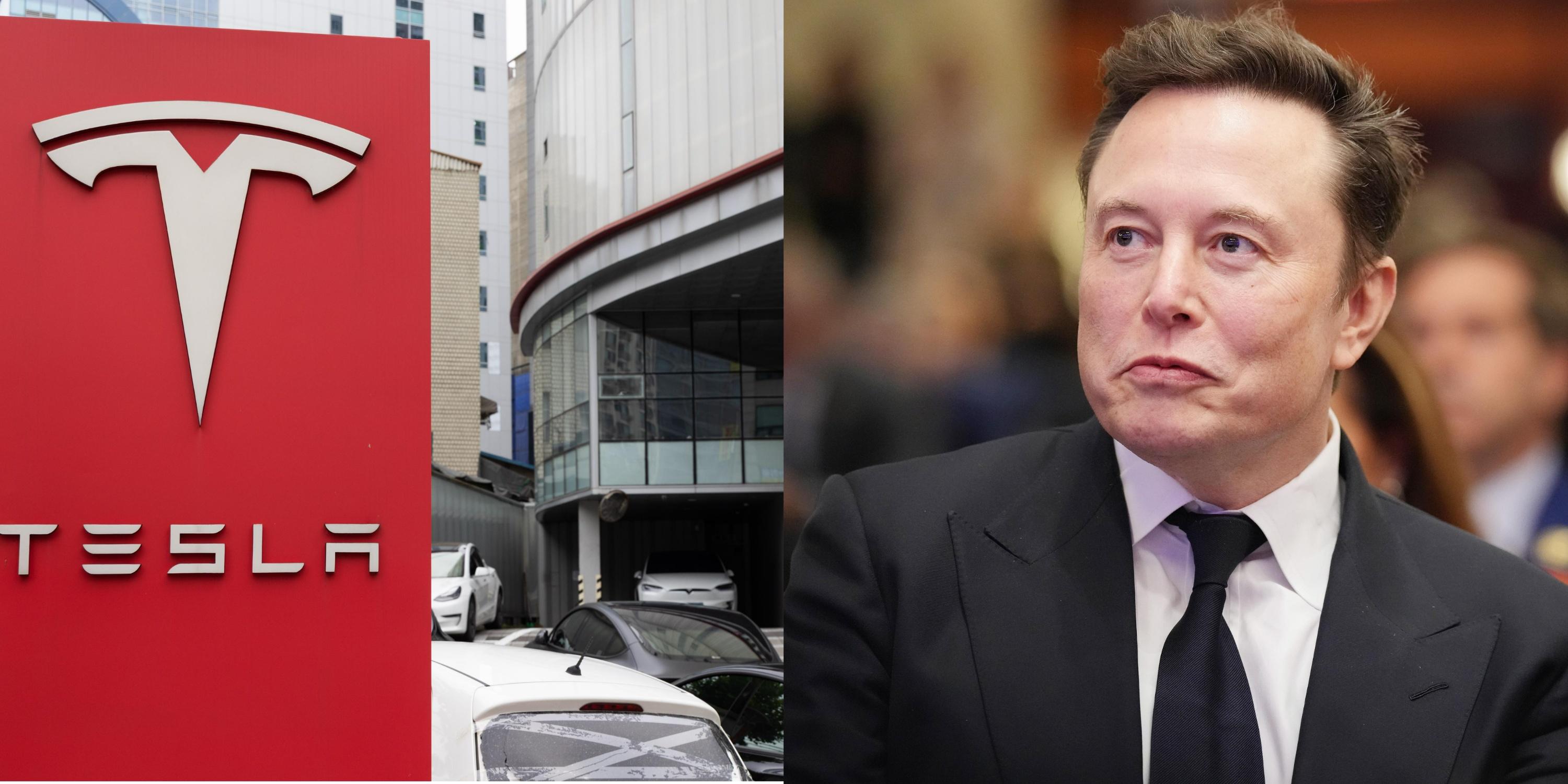
Profit margins & vertical integrationA recurring theme: Tesla’s potential to sustain higher margins thanks to vertical integration (manufacture of cells, software ecosystem) and recurring revenue (subscriptions, rides). To hit valuations in the multi-trillion dollar region, the company must shift from low-margin vehicle sales to high-margin services/AI/robotics. This is what Musk keeps emphasising when he says “we need to knock the ball out of the park several times.”

Why this could be Musk’s “greatest comeback”
Calling it a “comeback” highlights the following:
Reset of narrative: Tesla once purely an EV pioneer; now under pressure. A successful pivot to robotaxi/AI would redefine Tesla’s identity.
Musk’s leadership gamble: Musk’s personal risk and multi-front focus (Tesla, SpaceX, X/Twitter, xAI) means Tesla has to show wins or risk investor fatigue. If Tesla hits the multi-trillion mark, it vindicates his broader mega-ambition strategy.

Investor mood shift: After years of premium valuation on growth expectations, Tesla must deliver. A credible path to $5 trillion could transform scepticism into conviction.
Industry moat thesis: If Tesla truly secures the stack—hardware, software, AI, services—it could dominate not just cars but mobility, energy, robotics. That scale and moat justify a “come from behind” status.
Key risks and counter-arguments
While the upside is enormous, so are the risks.
Execution riskMany of the biggest assumptions rely on technology that is still unproven at scale: full self-driving, robotaxi fleets, humanoid robots. Delays, regulatory hurdles, safety incidents or slow adoption could derail the narrative. For example, critics point out how FSD has yet to deliver true Level 5 autonomy.

Competitive pressureThe EV sector is increasingly crowded; Chinese players (such as BYD) are rising fast. Tesla’s leadership is not guaranteed. Similarly, tech giants (e.g., Alphabet/Waymo, Amazon/Zoox) also compete in self-driving and robotics. Tesla must stay ahead in hardware, software and manufacturing.
Valuation multiple and timingEven if revenues rise significantly, valuations in the $3–5 trillion range assume very high multiples and future growth far outsize current earnings. Some critics argue the market already prices the future in, and if Tesla misses major milestones the valuation may compress. One Reddit contributor noted that their DCF found Tesla’s current value was over-optimistic.
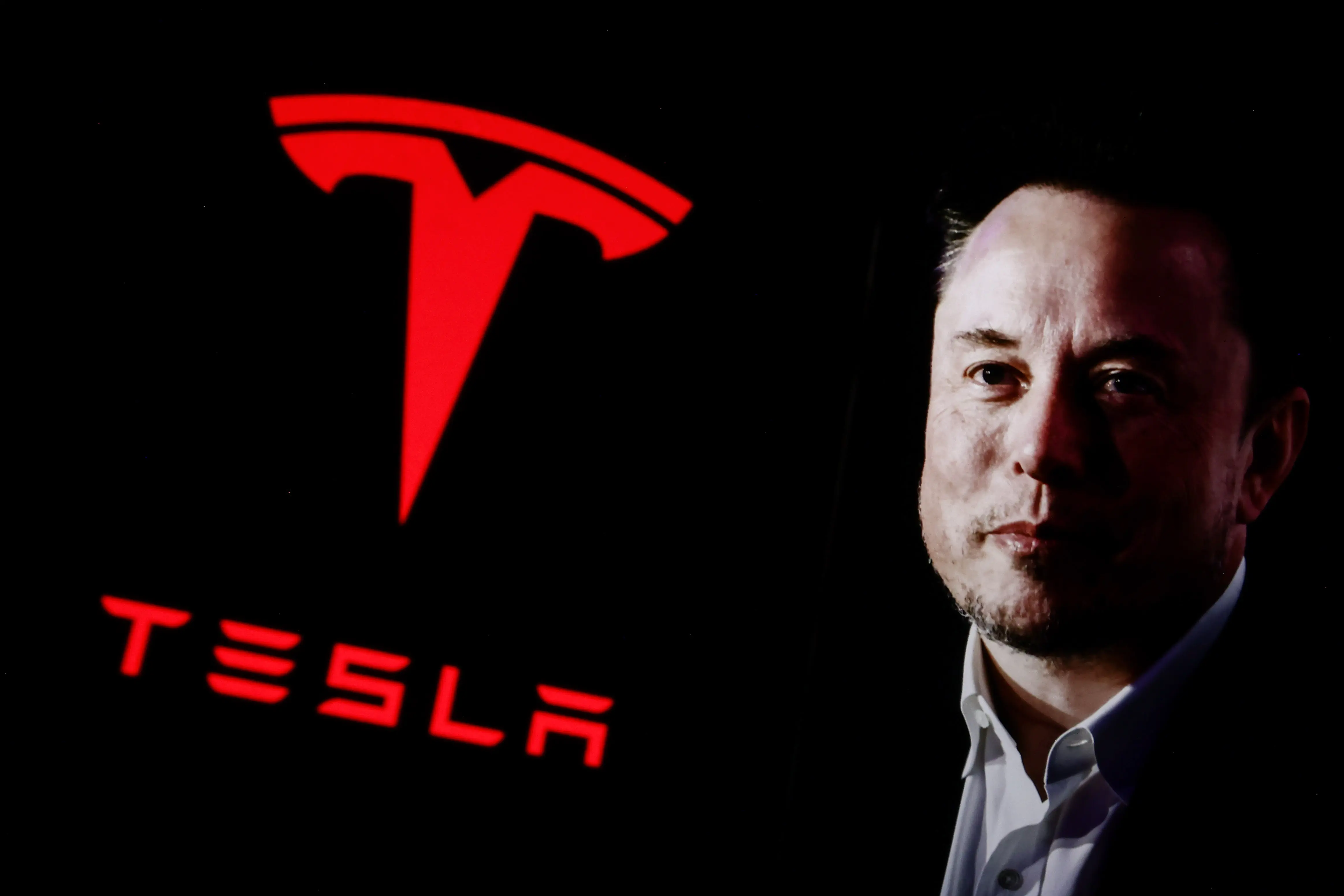
Dependence on Musk and corporate governance>Musk’s style is both a strength and a liability. Recently Tesla’s board approved a compensation package tying Musk’s reward to massive value creation (up to ~$8.5 trillion goal). While incentivising bold goals, it also raises questions about governance, distraction (Musk’s many ventures) and what happens if Musk moves on.

Macro / regulatory risksEconomic downturns, energy price shocks, supply chain disruptions, regulatory crackdowns on AI/robotics or autonomous driving could all hamper Tesla’s trajectory. The bigger the ambition, the larger the external risks.
What to watch: Milestones and inflection points
If Tesla is truly aiming for $5 trillion+, some key signals will help track progress:
Robotaxi launch & scaling: Tesla’s rollout of robotaxi service (in Austin or elsewhere) and its economics (utilisation rates, cost per mile, margins) will be foundational.
Humanoid robot production: Tesla’s metrics around Optimus (units, cost, adoption) will be telling. Even early small-scale success would shift narrative.
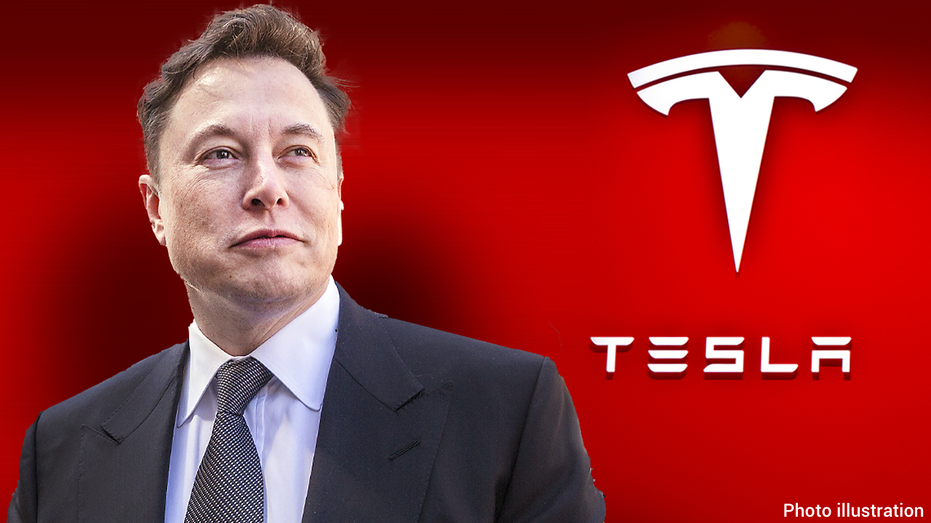
Energy/storage growth: Breakout growth in Megapack, Powerwall, grid participation and energy services will diversify Tesla’s revenue beyond vehicles.
Profit margins & recurring revenue: Growth in FSD subscriptions, services, higher margins in vehicle business, reduction in capital intensity will validate tech-ecosystem thesis.
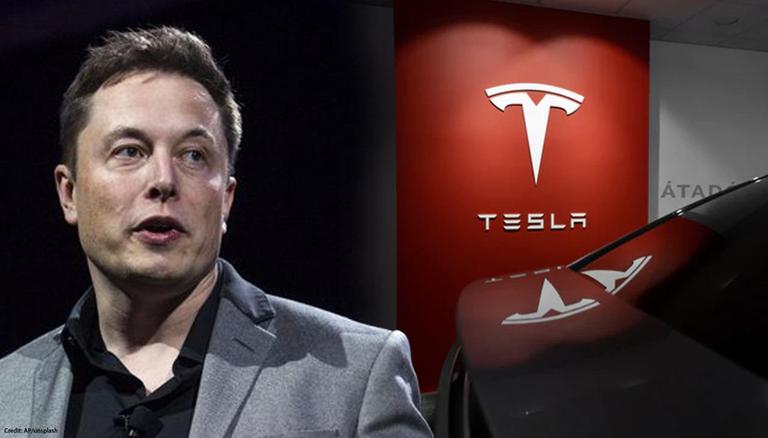
Global delivery growth & market share: Growth in emerging markets (India, Southeast Asia), success in China vs local rivals, will support scale thesis.
Corporate governance & leadership continuity: Stability in Tesla’s management, Musk’s commitment to Tesla, and alignment with shareholders matter.
Valuation multiples and investor sentiment: If Tesla begins trading on tech-ecosystem multiples (rather than auto multiples), then the “come back” story gains traction.

Conclusion: Comeback or fantasy?
Elon Musk and Tesla find themselves at a crossroads: back to stabilise their core vehicle business, or pivot aggressively to moonshot bets in autonomy, robotics and energy. The target of $5 trillion market value is enormous—but perhaps not unrealistic if Tesla executes well and dominates multiple adjacent markets.
For Musk, this isn’t just about reaching a valuation—it’s about validating a grand vision. If Tesla hits $5 trillion (or beyond), it will rewrite what the company is and what Musk stands for. It will arguably be his greatest comeback.
News
“I AM 100% A WOMAN” — Swimming icon Hannah Caldas RESPONDS TO CRITICISM after refusing gender verification testing. Sports bodies immediately BAN Hannah Caldas for 5 YEARS AND VOID ALL RESULTS
“I WON’T PROVE WHO I AM!” — Hannah Caldas STANDS HER GROUND, Declaring “I Am 100% a Woman” After Refusing…
The Weeknd $350K For Jamaica Hurricane Relief
The Weeknd is stepping up to help Jamaicans impacted by Hurricane Melissa … donating a bunch of money to help put…
People Are SLAMMING This MAGA Commentator After She Seemingly Downplayed The Crimes Committed By Jeffrey Epstein
Megyn Kelly: “He wasn’t into, like, 8-year-olds. … There’s a difference between a 15-year-old and a 5-year-old.” Megyn Kelly, who…
BREAKING: Henry Cavill shocked Hollywood by expressing his deepest condolences to Alex Vesia, the MBL star who just lost his little daughter Sterling Sol Vesia.
Henry Cavill’s Heartfelt Condolences to Alex Verdugo Following Daughter Sterling Sol’s Passing: A Community Responds In a world where celebrities…
“Never give up, never surrender” — the astonishing comeback story of Henry Cavill, from being dropped for being ‘too old’ to becoming the legendary Superman after 9 years. Henry broke down in tears recounting his tough journey; no one would believe the hardships and painful lessons he endured to get here.
In the glittering yet unforgiving world of Hollywood, few stories rival the resilience of Henry Cavill. On November 10, 2025,…
Selena Gomez was suddenly criticized for being “hypocritical” when she spoke out in support of Scarlett Johansson’s new album – a product that was criticized by the public as “filthy and toxic to children”! They blindly covered up each other’s products and publicly supported them even though they knew it had serious problems and still declared “will spend 5 million dollars to…”.
Just 30 minutes ago, the internet erupted after Selena Gomez was accused of being “hypocritical” following her public support for Scarlett Johansson’s newly released…
End of content
No more pages to load



